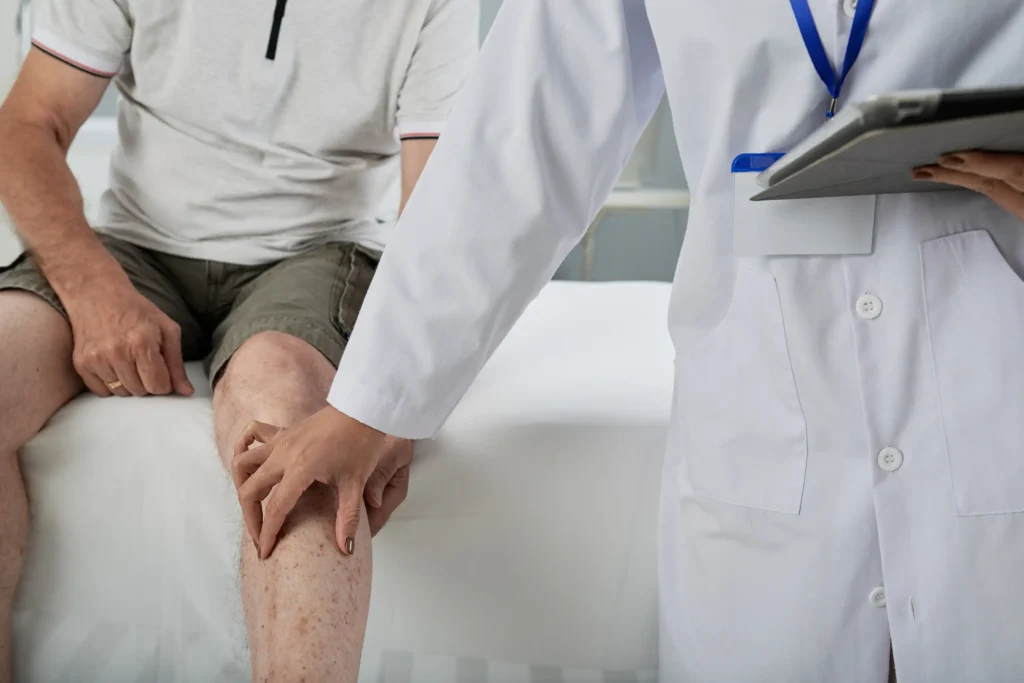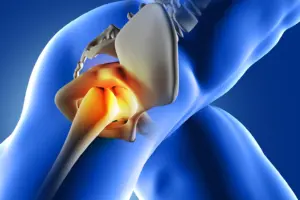
Paget’s Disease of Bone: Paget’s disease alters the normal cycle of bone remodelling. The process of removing and replacing old bone is typically done in a controlled manner. Paget’s disease disrupts this orderly process. New bone forms at an abnormal rate, and the bone that is formed is fragile, weak, and prone to fractures and pain, despite having the potential to be larger.
Many people do not notice that they have underlying diseases such as Paget’s. When a person has an underlying condition, it is usually asymptomatic. Occasionally, it can manifest as an incidental finding on an X-ray done for another reason.
What’s Going On Inside the Bones?
The shape and structure of bones change continuously, albeit imperceptibly. Old tissue is absorbed, and new bone is formed. In Paget’s disease, the body goes through these processes, but at a much faster rate. Bones affected by Paget’s disease grow rapidly and compromise the overall structure. The result could end up being a bone that is too soft, spatially deformed, or swollen rather than tough and dense.
Also Read | Are your bones getting weaker? Early red flags to know
Paget’s does not typically affect all bones at once. It has a more selective impact, for example, on the pelvis, spine, skull, or legs. Some people have it in a single area, while others may present with Paget’s in two or three sites.
Paget’s Disease of Bone: What to Look For
The vast majority of patients won’t feel symptoms for a few weeks, but if signs do come about, they might look like the following:
- Bone pain: Often persistent and sometimes worse during rest or at night.
- Visible changes in shape: Bones may appear enlarged or deformed. In some cases, the affected area may feel warmer than the surrounding tissue.
- Joint problems: If the disease is near a major joint, such as the hip or knee, stiffness and discomfort may develop. In time, arthritis can form in those areas.
- Hearing loss: When the skull is involved, especially around the ear, hearing may be affected. You may also experience headaches, ringing in the ears, or a sense of pressure.
- Fractures: Weakened bones are more likely to break. Healing may be slower than usual due to the abnormal structure of the bone.

Paget’s Disease of Bone: What Causes It
The exact cause of Paget’s disease remains uncertain, but some patterns have emerged. Genetics appears to play a meaningful role. The disease tends to run in families, and certain gene mutations have been linked to a higher likelihood of developing it.
There is also speculation that a slow-acting viral infection might trigger Paget’s in people who are already at risk, although this connection hasn’t been proven definitively. Age seems to be another factor—most cases are diagnosed in individuals over the age of 50. Men are affected slightly more often than women, and people of European descent show a higher prevalence overall.
Also Read | Obesity and Bone Fractures: An Increasing Issue for the Elderly in India
Treatment Options for Paget’s Disease of Bone
Although Paget’s can’t be cured, it can be managed effectively. Several treatment options help control symptoms and slow down the bone remodelling process.
- Bisphosphonates: These are commonly prescribed drugs that slow bone turnover. They can reduce pain and prevent complications.
- Pain relievers: Over-the-counter or prescription medications may be used to ease discomfort.
- Physical therapy: In cases where joints are affected, targeted exercise can help maintain movement and muscle strength.
- Surgery: Sometimes, surgical intervention is needed to fix fractures or replace joints that have become damaged due to the disease.
Doctors may monitor progress with blood tests or imaging to ensure that treatment is working as intended. With consistent care, most people with Paget’s disease can continue living full and active lives.








